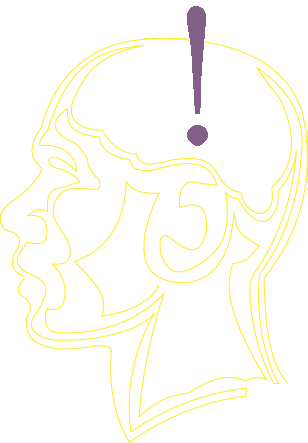

2010 2011 2012 2013 2014 2015 2016 2017 2018 2019 2020
Author(s): Necia Hunter
Presentation: oral
Nosocomial infections pose a particular problem within the healthcare system, costing patients and hospitals an average of $45 billion dollars a year. These infections are made worse by increasing numbers of antibiotic resistant bacteria and cause significant health risks to patients with compromised immune systems. As these bacteria spread into the community, alternative methods of preventing the spread of bacterial infections are necessary to stop the rapid evolution of these bacteria into untreatable and deadly pathogens. Graphitic carbon nitride (g-C3N4), a narrow band gap photocatalyst, is able to reduce molecular oxygen to produce reactive oxygen species, including hydrogen peroxide and super oxide radicals, in the presence of visible light. These reactive oxygen species are extremely reactive and cytotoxic, and therefore we have tested the effectiveness of light-activated g-C3N4 against Staphylococcus aureus, Pseudomonas aeruginosa, Bacillus subtilis, and Escherichia coli, all of which significantly contribute to nosocomial infections. Using filter plate studies to obtain colony counts, we were able to significantly reduce the number of viable bacterial cells for all four types of bacteria under visible light radiation with photocatalyst as compared to dark treatments and controls. This data suggests that graphitic carbon nitride is a promising and novel antimicrobial agent.
The College of Idaho 2112 Cleveland Blvd Caldwell, ID 8360 USA 208-459-5011 800-2C-IDAHO